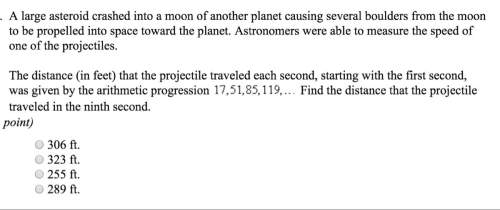
Mathematics, 23.06.2019 15:20 haftjnd9156
Given: p: two linear functions have different coefficients of x. q: the graphs of two functions intersect at exactly one point. which statement is logically equivalent to q → p? a. if two linear functions have different coefficients of x, then the graphs of the two functions intersect at exactly one point. b. if two linear functions have the same coefficients of x, then the graphs of the two linear functions do not intersect at exactly one point. c. if the graphs of two functions do not intersect at exactly one point, then the two linear functions have the same coefficients of x. d. if the graphs of two functions intersect at exactly one point, then the two linear functions have the same coefficients of x.

Answers: 3


Other questions on the subject: Mathematics



Mathematics, 21.06.2019 21:30, aesmithswhs
If you have a set of parallel lines a and b cut by transversal x, if angle 1 = 167 degrees, what is angle 4 and why. also what is the measure of angle 5 and why? you need to use the names of the angle relationship and explain.
Answers: 1

You know the right answer?
Given: p: two linear functions have different coefficients of x. q: the graphs of two functions...
Questions in other subjects:


Mathematics, 19.02.2020 18:09

Mathematics, 19.02.2020 18:09



English, 19.02.2020 18:10

English, 19.02.2020 18:10






